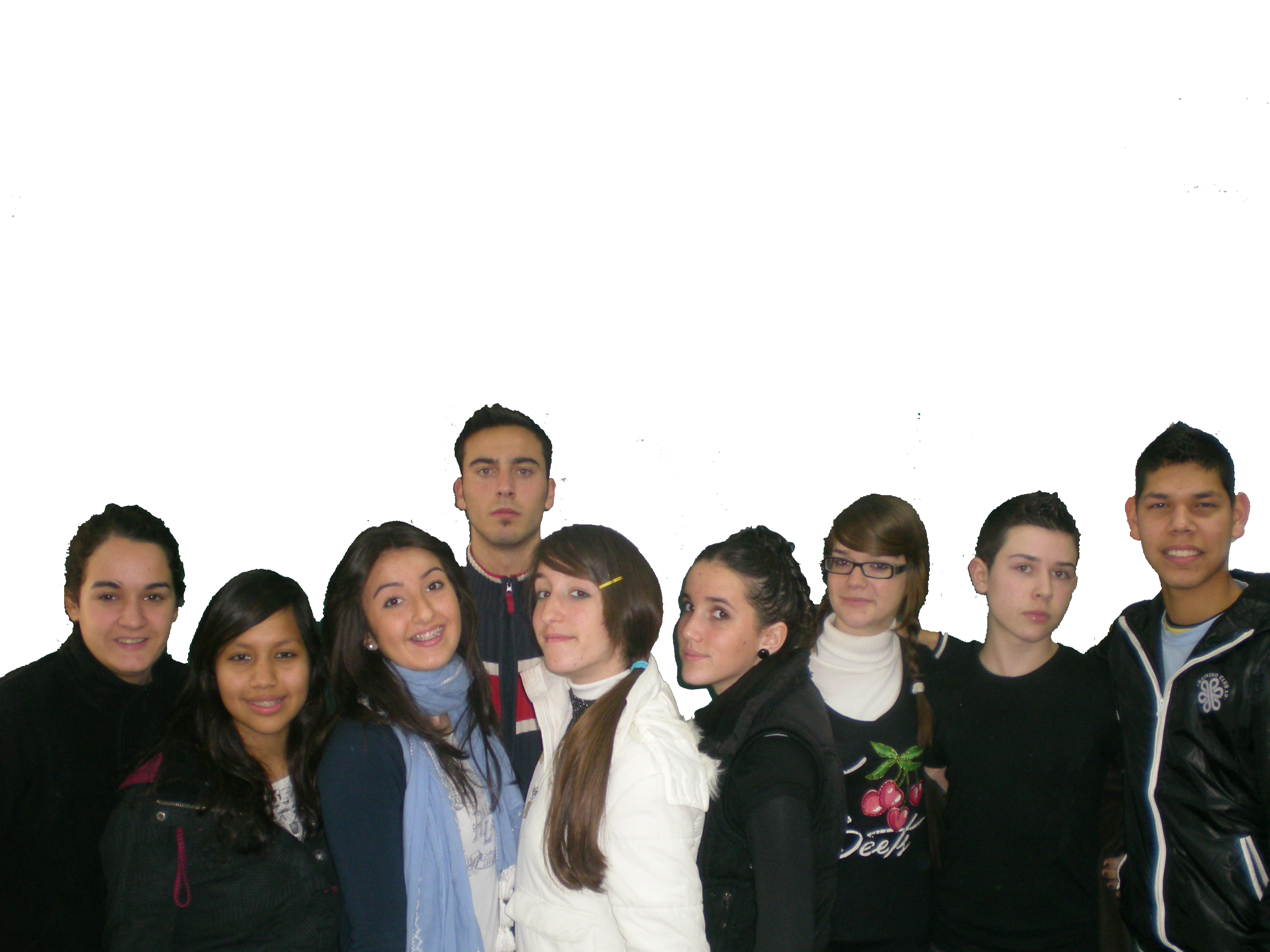Objetives:
1.Observing our plants tinctorial ability.
2.Producing natural dye from plants.
3.Apperciating this natural resourre against corrent synthetic products.
Contents:
To prove, by means of this experience, plant pigments tinctorial ability.
To be able to find plants in our environment which have a high tinctorial ability and have traditionally been used. The used plants parts can be root, stems and leaves, flowers, fruits or bark.
Materials:
–Tinctorial ability plants samples.
–Cotton fabric pieces.
–Alcohol
–Water
– Gnawing: sulfate aluminium
– Electric plate, beaker, glass rod, strainer, filter paper.
Methodology:
- Picked up samples of different plants.
- Then plants will be boiled until obtaining their dyeing and filterit which will be filtered. Let it cool down till lukewarm.
- Cotton fabric pieces will be introduced in the obtained liquid from 12 of 24 hours.
, depending of the type of plant we, it can be ureful to boiled up to 30 minutes.
- In this aforementioned liquid and in another container, wet white wool and fabric pieces will be introduced previonly gnawed
- Now we compare, the dyeing capacity of both fabric and woll pieces previously treated with gnawing to the untreated ones.
- Dyeing ability of boiled fabric and wool is compared to the capacity of unboiled pieces of the same material.
Advice:
When using a certain part of a given plant, this one must not be boiled with other different parts. That is, petals must not be boiled with stems or roots.
If the material is hard as a root, it is recommended to macerate suck material in alcohol for several days and boil it later in water.
Gnawed fabric and wool:
•Pour 5 gnawing teaspoous into 2 liters of water.
•Stir it up immerse wool which will be kept in the boiling point for an hour.
•Take both fabric and wool pieces out of the water and, after being drained, it will be ready to be dyed.

PLANTS DYEING CAPACITY

1.¿Para que usamos el sulfato de aluminio?
2.¿Para que hervimos las plantas?
3.¿Existe diferencia entre la tela teñida con sulfato de aluminio y la tela teñida sin sulfato de aluminio?
4..¿Donde se concentran los pigmentos de la célula vegetal?
5..¿Cual de las plantas que hemos usado tiñe más?